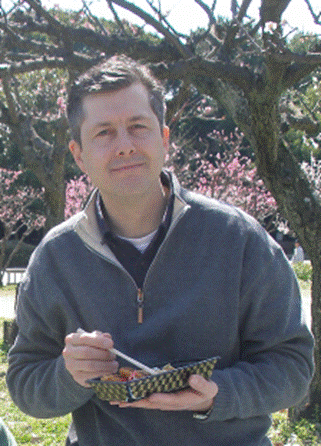Japanese companies are increasingly creating high-tech solutions for problems faced in fishing and aquaculture, using things like artificial intelligence, robots, and more.
At the 24th Japan International Seafood Show – scheduled for 24 to 26 August at Tokyo Big Sight (officially known as Tokyo International Exhibition Center) – several companies plan to show off some of the new tech at a co-event called Fish Next Technology EXPO. Exhibitors will feature labor-saving technology for fishing boats, technology to achieve high-quality production, big data conversion, artificial intelligence (AI), Internet of things (IoT), information and communication technology (ICT), and robots.
Multiple companies plan to showcase monitoring technology at the expo, each with a different approach to how the devices will work. I.S.E. Co., Ltd., based in Ise, Mie Prefecture, whose main business is supplying remote sensors for animal traps for reducing crop damage from deer and wild pigs, has developed the “Umi log” marine IoT product.
This IoT ocean-monitoring system sits on a float or buoy and combines a solar panel for power with a suite of sensors for monitoring water temperature, water level, images and GPS location. Additional sensor options can be added to collect data on chlorophyll, dissolved oxygen, salinity, turbidity, flow velocity, and wave height. The data is sent to a cloud server by 4G phone signal, and can be accessed by smartphone or computer.
In a new development, the system can also be interlocked with a feeder in an aquaculture pen, using AI to analyze the conditions and determine the appropriate feed amount. The system is already active at 40 locations in Mie Prefecture, in cooperation with the Mie Prefecture Fisheries Cooperative Association and the individual fishery cooperatives in the prefecture.
Another company, Blue Ocean Research Institute Co., Ltd. based in Saitama Prefecture, has also developed a buoy system that monitors environmental information such as the flow, water quality, and weather of the ocean, lakes, and rivers in real time. The collected environmental information is distributed by wireless communication and can be viewed on a smartphone or PC.
Other companies are using technology to improve fishing. AquaFusion Inc., based in Kobe, Hyogo Prefecture, has further refined the basic fish finder to be able to identify and determine the size of individual fish as small as 3 centimeters. The big breakthrough is applying CDMA, or code division multiple access – a telephone transmission system in which many coded calls simultaneously occupy a single channel – to sonar signals. Previously, it was necessary to send an audio signal and wait for it to bounce back before another signal could be sent. CDMA allows for multiple signals at the same time.
AquaFusion’s new tech, called AquaMagic, can transmit ultrasonic waves 40 times or more per second, and has achieved 100 times the resolution of conventional technology. An added plus is the number of transmissions per second does not depend on water depth as in conventional fish finders. Future applications planned for the system are remote observation, fish length measurement and identification of species in set nets and aquaculture cages, and for stock assessments in the sea.
Another key technology segment being demonstrated at the show are multiple drone companies. Airds Co., Ltd., based in Tokyo, provides a poaching monitoring and deterrence system using aerial drones, artificial intelligence and remote information-sharing technology. Six Voice Corp. produces the industrial underwater drone BlueROV2. They have further developed an underwater power supply device and a Doppler-type ground speedometer that enables fixed point holding.
A direct competitor to Six Voice Corp. is also exhibiting. Chasing-Innovation Technology Co., Ltd. is a Chinese company, based in Shenzhen, and its operating company Space One Co., Ltd. sells and repairs Chasing products as its authorized partner in Japan. The company is promoting a line of underwater drones that can be used to inspect netting in fixed net pens and aquaculture cages, and to confirm and collect any dead fish.
On the processing side, Tokyo-based CDEX Corp. plans to showcase its image recognition system, ImageAnalyzer Ceres-II. The new system uses image-processing and machine-learning technology to detect foreign matter in food products such as salmon roe.
Photo courtesy of cowardlion/Shutterstock







